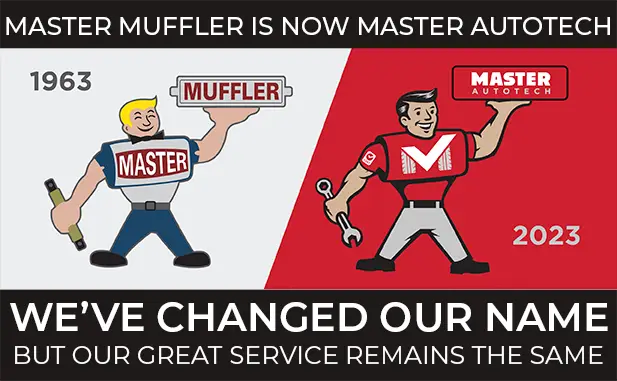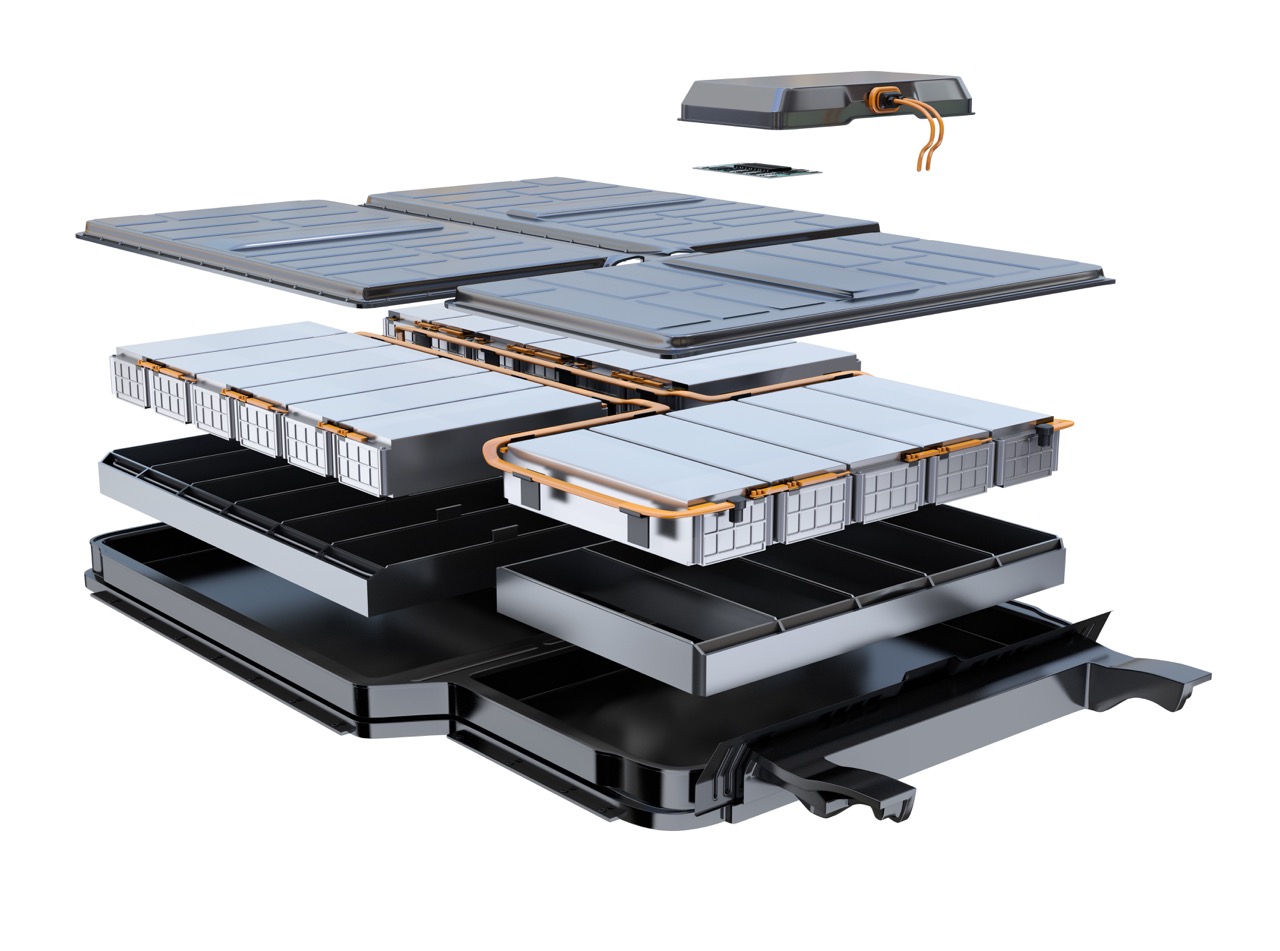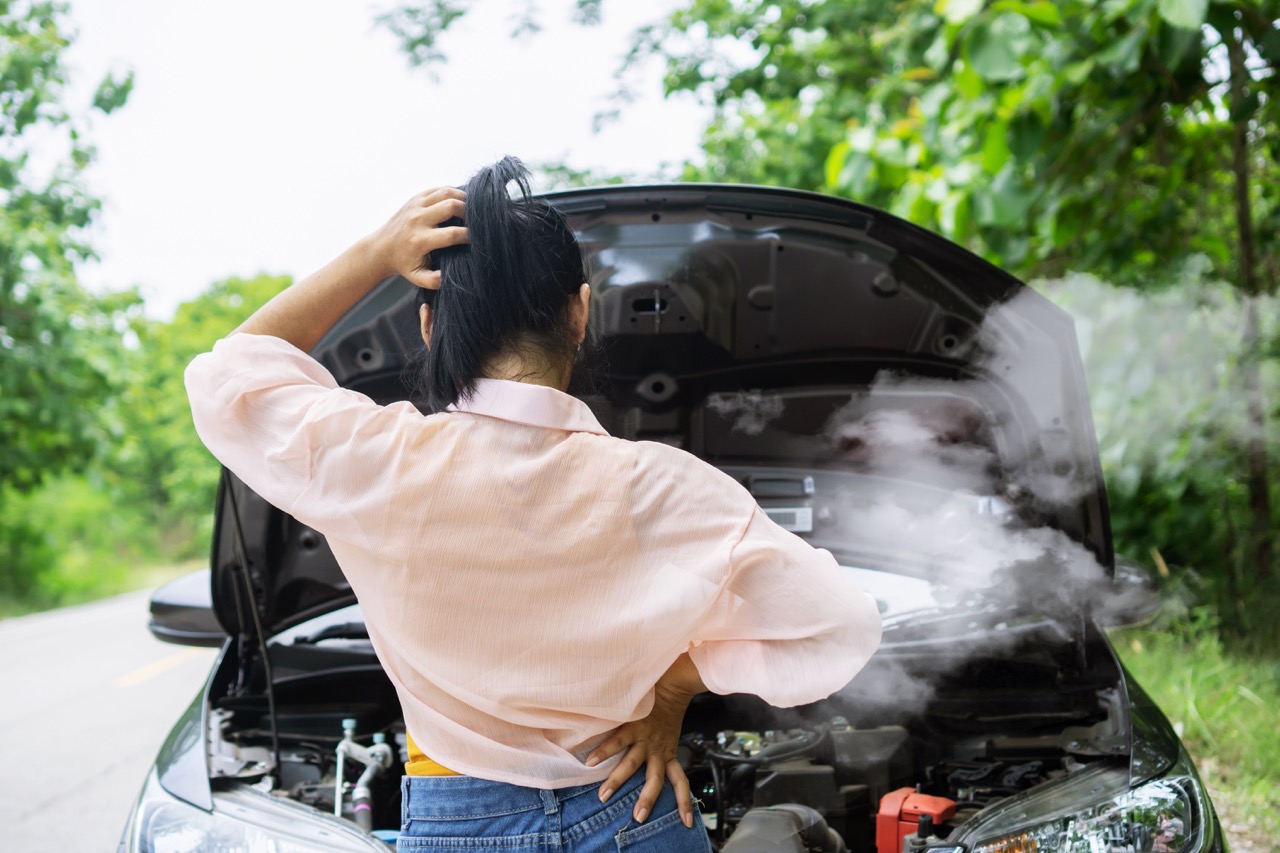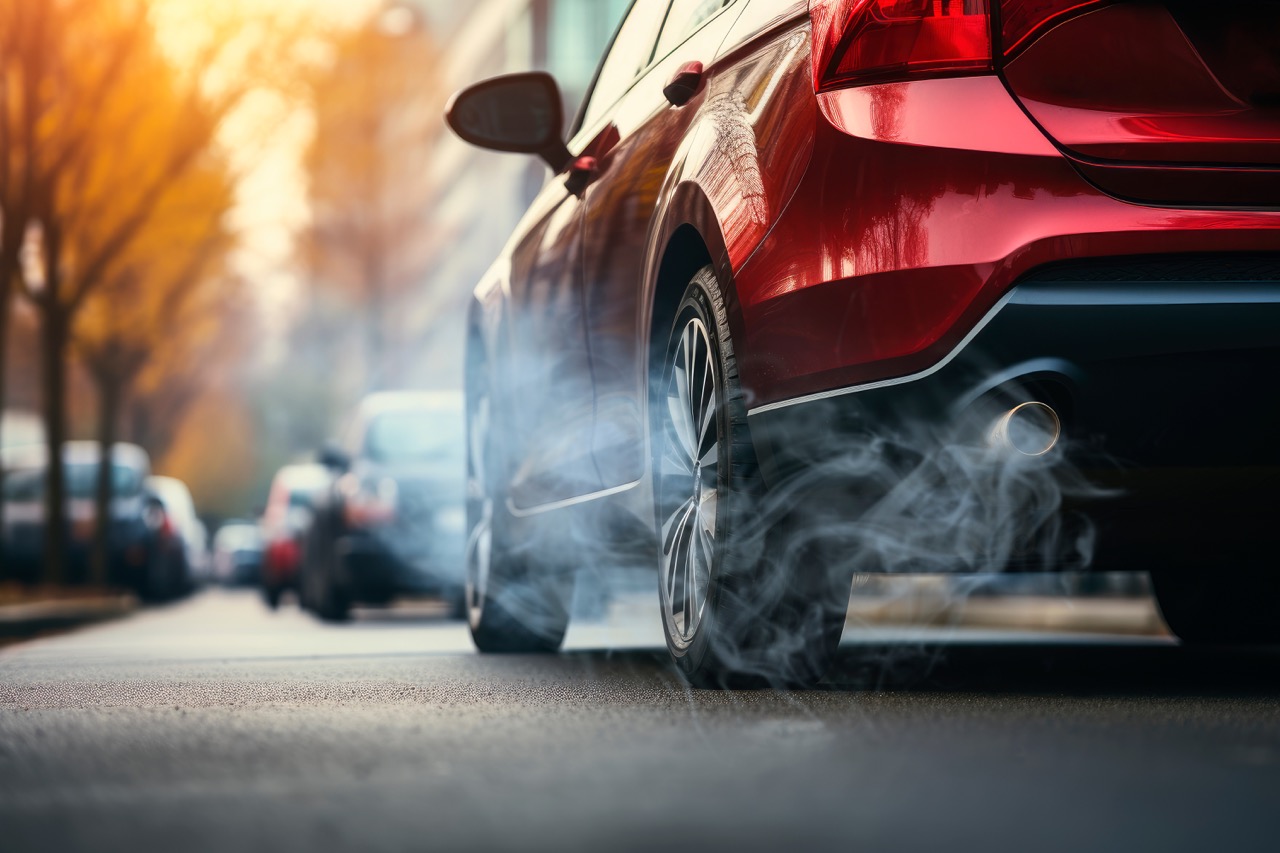Thankfully, car batteries do not require replacement nearly as often as other devices do. But they do require regular checks and occasional replacement as needed. There are several things to look for, when checking your vehicle’s battery.
Starting with safety first, be sure to work with the engine shut off. If you need to work on the battery at all, disconnect the battery removing the negative cable first. While you work on it, it’s a good idea to tie the cables back and then make sure that no metal comes in contact with the terminal posts. Whenever you remove cables, always remove the negative cable first and replace it last.
Beware of the sulfuric acid contained in auto batteries. If any is leaking and it gets on your skin or clothing, wash it off right away. And never work on a battery while smoking, as the sulfuric acid produces hydrogen gas and you could light your engine and/or yourself on fire.
Now that you’ve got safety well in hand, examine the battery. Look for dirt and debris on your battery. It may need to be carefully wiped off with a clean rag. Frayed or broken cables are the next thing to look for. Corrosion on the cable clamps is very common. You can spray these with anti-corrosion to avoid this. Using clamp cleaner, a battery terminal brush, or even a wool-pad can remove the powdery deposits and ensure a clean metal-to-metal connection.
Check the cell connector for corrosion as well. There should be no water on or around your battery and the hold down screws should be secured tightly. Check the cell cover (the top of the battery) for cracks and the case (around the sides) for the same. Any damage to the structure of the battery is worthy of replacement because it could lead to a leaky battery. Otherwise, if everything checks out, you probably have some good life left in your battery.
Related Posts
As an EV owner, understanding your vehicle's battery is critical. From its capacity to its lifespan, and everything in between, we'll guide you through what you need to know to optimize your EV experience. So buckle up and get ready - we're about to shed some light on the electrifying world of EV batteries. What [...]
If your car is running hot, it can be a sign that something’s not right with your engine. Fortunately, diagnosing the cause of an overheating engine isn't too difficult if you know what to look for and how to address it. Keep reading if you want to learn the most common issues that occur when [...]
Your vehicle's exhaust system serves a critical role in managing the byproducts of the combustion process and ensuring optimal engine performance. The appearance of colored smoke from the exhaust pipe, either when stationary or accelerating, can provide valuable clues to underlying mechanical issues. What is a car exhaust? A car exhaust is a system [...]





